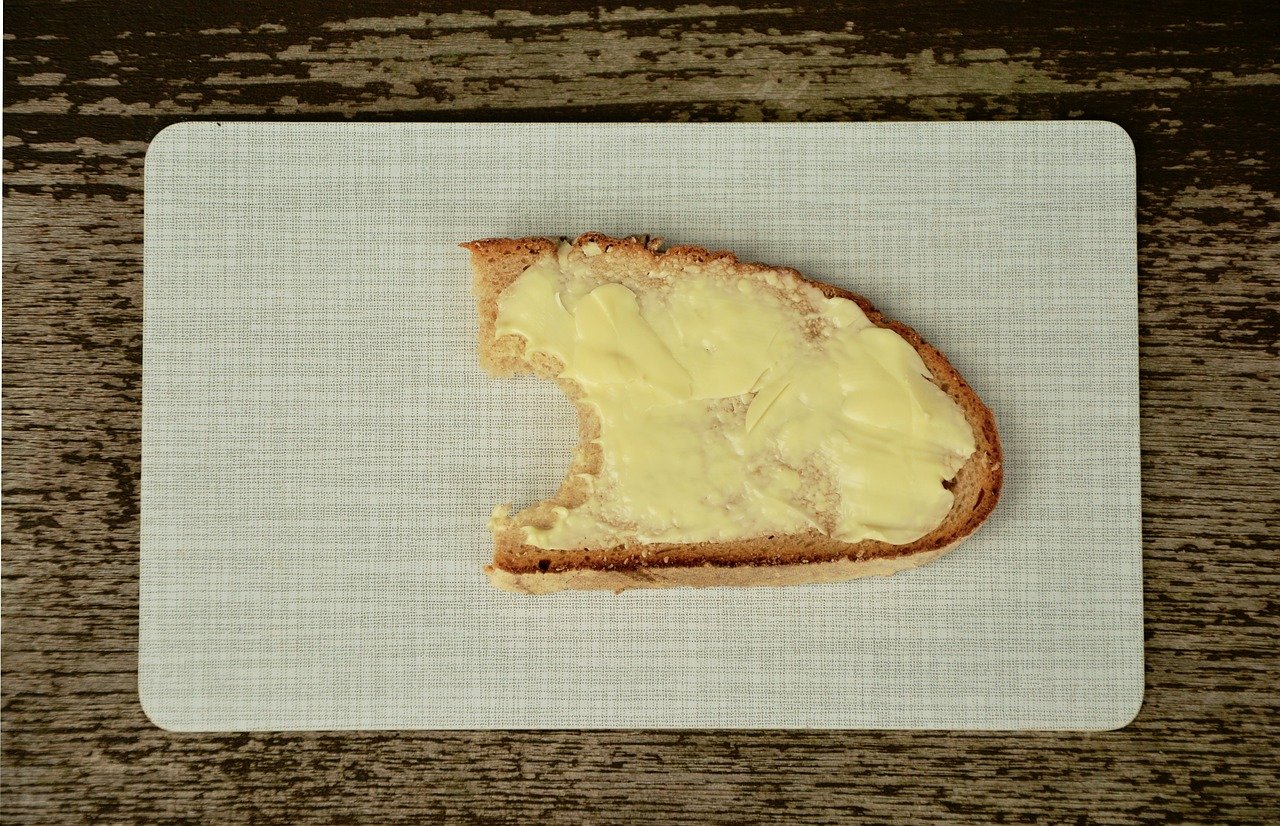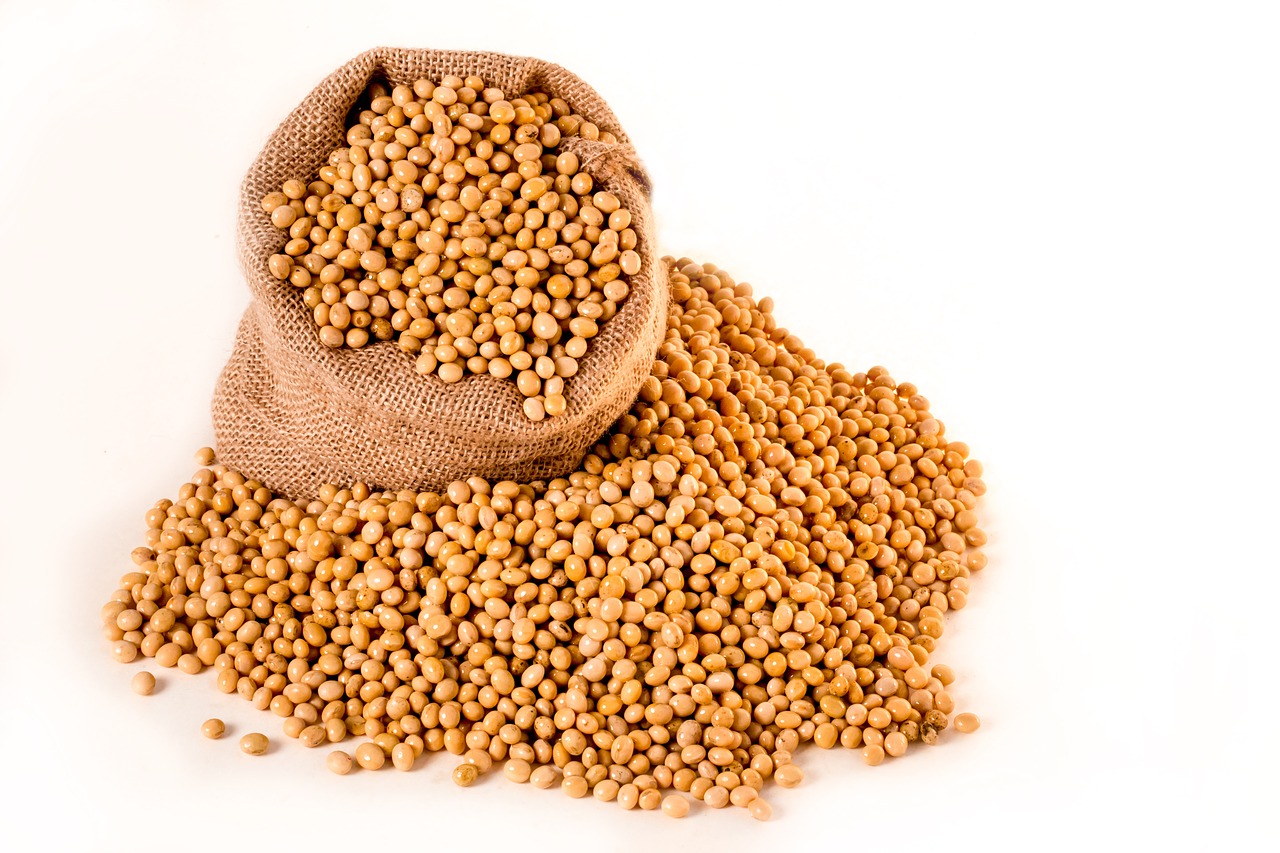Bread is one of the most consumed products in the western world. It is everywhere you look. It is in sandwiches (obviously), wraps, burgers and bread rolls.
We are often told that whole grain bread is a natural healthy part of the day, but this might be a slight exaggeration. Bread in general is a pretty poor source of nutrients when compared to our other staples such as fresh vegetables, fruit, meat and fish.
Bread is such a staple food to many people that it dominates entire aisles in supermarkets, but there are a myriad of reasons why you should not pick it up and put it into your basket. It may have been relatively healthy fifty years ago, but manufacturers have managed to completely transform it, so that it barely resembles the bread back then.
Since I was knee-high to a grasshopper (or as far back as I can remember) one of my favorite foods has been bread and butter with tomato-sauce and cheese. Many times my latest diet has been broken by the smell of a freshly baked loaf of bread and the thought of that particular sandwich. And it’s quite healthy – or is it?
I know that my body just smells bread and I gain two pounds. Sandwiches are so damn convenient and easy to prepare – just butter up two chunks of bread, stick some stuff between them and away you go. That’s lunch sorted!
Bread is so awesome, it is even associated with some cultures and religions! Yet bread is not a good source of nutrients (contrary to popular opinion); it makes you fat and it sits quite happily there at the bottom of the food pyramid.
Here are some of the facts:
- Whole Grain Bread is a misnomer. Whole grain bread does not actually contain whole grains. The grains are broken down into a powder – almost like flour. Once it is in powder form, the body quickly digests the bread and it enters the bloodstream as glucose, which in turn raises the hormone insulin. When blood-sugar rises too quickly, it can come crashing down quickly, resulting in increased hunger levels. This causes a cycle of eating, getting hungry and then eating again.
- Bread scores so high on the Glycemic Index scale that it scores higher than most chocolate / candy bars.
- 2. Bread has gluten. People (some) have gluten intolerance (celiac disease). Celiac disease is an autoimmune disease where the body attacks itself by damaging the villi (small, finger-like projections that help absorption of nutrients) in the small intestine.
- Gluten is great for baking, but can have adverse effects including bloating, damage to the intestinal tract and lethargy.
- The good news is that gluten-free bread is available.
- Have a look at the ingredients on a packet of bread. Most bread contains sugar, salt, vegetable oil, emulsifiers, soya, preservatives (to help prevent mould), flour treatment agent, wheat, barley. That is whole bunch of stuff. The sugar is most likely high fructose corn syrup.
- The sugar, grain and other stuff sends your pancreas into overdrive. Your blood sugar spikes and your body stores the extra energy as fat.
- Even the most “nutritious” bread like whole wheat is not really good. A whole wheat berry in its natural form contains micronutrients such as iron, zinc and selenium, however modern methods of farming mean a higher yield of crop, but a lower micronutrient count – nutrients are replaced by starches and gluten.
- The modern way of milling is to pulverize the grain berries into flour. For white flour, the bran and germ of the powdered berry is taken out, leaving the starch for the consumer. The high heat of the hammers and rollers destroy the germ which carry the nutrients.
- For whole wheat flour, bran and germ are added back to white flour. This compromises the nutritional value of the flour and negates the way whole food help the body in the digestion process.
- Traditionally, grain was milled by stone. The kernels were ground between two stones, and then varying amounts of bran were sifted out to create different grades of flour. The friction caused by the stones is minimal which allows the wheat germ to retain many of its nutrients and resulting in a more easily digested flour.
- Whole wheat bread has been linked to heart disease. It increases LDL cholesterol. In the past, we had been told that fat cause cholesterol, but it could be wheat that is the root cause of “bad” cholesterol.
Be careful of the myth about rye bread, too. Most brands usually have unbleached enriched flour and rye flour in them, which is why they are so low in fiber.
Look for labels that say 100% whole wheat or whole grain, check those first ingredients listed and watch the salt / sodium content.
So when you want that sandwich with butter, tomato ketchup and cheese, rather have a banana or some raw oats. They may not have much taste, but your body will thank you.
Since I was young with a cot for a bed, Included with meals was always some bread, And naturally of course and definitely some butter.
Fed, bred and fairly widespread, But still somewhere in there I included a cheese cutter. I could have found myself an airhead, She wasn’t, she was very well bred, and she didn’t even mind my pretty awful stutter.
So when you interfere with your formal letter head, You should be careful of the thermonuclear warhead, Unless through the clutter, you bring bread and butter.





